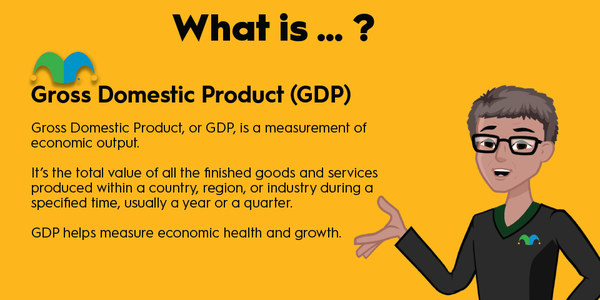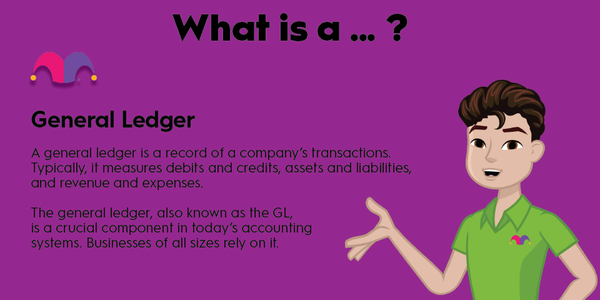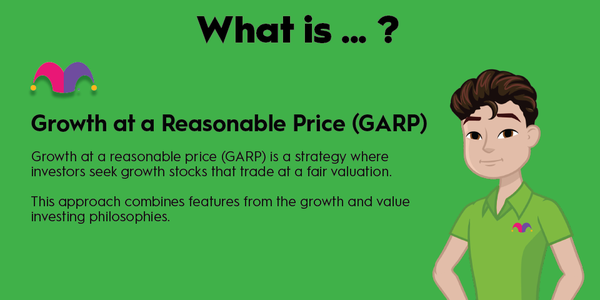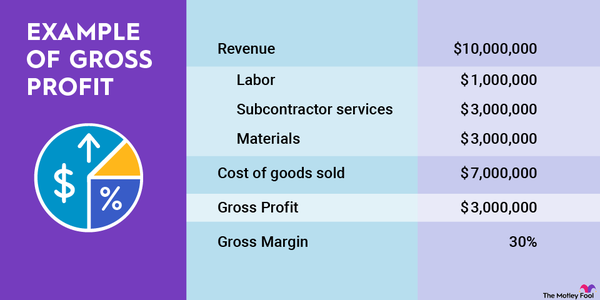What is it?
A gap analysis is a way a business can assess its performance and whether it is meeting its goals. In other words, a gap analysis aims to analyze the difference between where a business is and where it needs to be.
For example, if a business aims to have a 95% customer satisfaction rate and it currently has 80% satisfaction, a gap analysis can help determine why. In a nutshell, the goal of a gap analysis is to help a business understand why it isn’t living up to its full potential and to put a plan into place to fix any shortcomings.
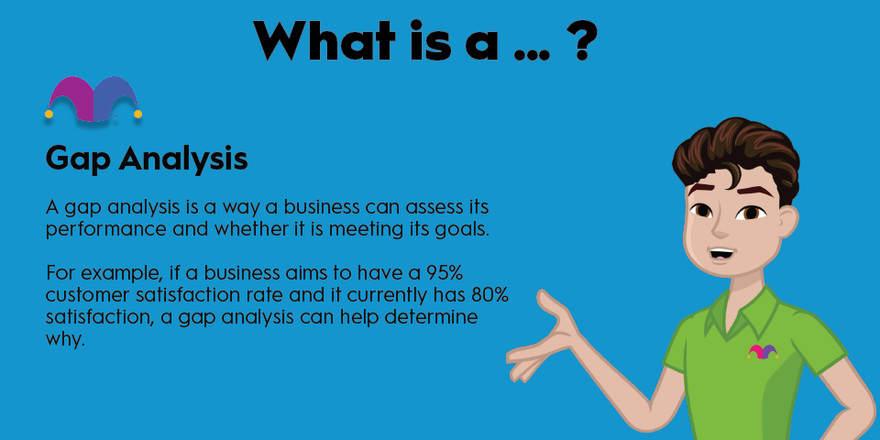
Steps
The steps of a gap analysis
There aren’t any formal guidelines when it comes to the steps of a gap analysis. And within each step, there are often several sub-steps that happen. But in general, a gap analysis will consist of four distinct steps or stages.
Step 1: Analyze where you are
The starting point of a gap analysis is to analyze the current state of your business, or whichever component of the business you are analyzing. This can include examining the business’s financial statements or collecting whatever other data points are relevant to your objective. It can also involve things like talking to the employees involved with that aspect of the business. The goal of this stage is to understand the problems facing your business.
Step 2: Analyze where you want to be
What is the goal you want to achieve? High customer satisfaction? Ten million dollars in annual revenue? More effective marketing spending? At this step of your gap analysis, the goal is to set your targets. They can certainly change later in the analytical process but start with your ideal scenario. In this step, it’s important that the goals be realistic, measurable, and specific.
For example, “We need to increase revenue next year” isn’t a great goal for a gap analysis. A better choice might be to “increase monthly revenue by 15% over the next 12 months.”
Step 3: Analyze how to close the gap
Now that you know where you are versus where you want to be, the next step is to come up with the solutions. Let’s say that your business is retail in nature, and your goal is to increase annual revenue from $2 million to $3 million. Steps could include changes to your marketing strategy, finding and opening a new location, adding new products to your stores, or a number of other things. Don’t limit yourself to what you’re actually going to do – the idea here is to list many possible courses of action you can take to help achieve your goals.
Step 4: Put your plans into action
In step 3, you listed all the possible solutions to close the gap. From there, the final step is to finalize a plan and set it in motion.
A gap analysis doesn’t have to result in just one solution. The plan could end up being a combination of several strategies designed to achieve the desired outcome. In the previous example, maybe you determine that the best course of action is to open a new location and increase your marketing budget by 10%.
Types
Types of gap analysis
There are several variations of gap analysis businesses perform.
- A strategic or performance gap analysis is a comprehensive look at how a business is performing, usually relative to a past goal.
- A financial gap analysis has to do with evaluating things like profit margins, operating costs, and other metrics related to financial efficiency.
- A skills gap analysis looks at a company’s employees to figure out whether it has enough people or the right people to optimally run the business.
- A market gap analysis, also called a product gap analysis, evaluates how a company can better serve its target market through its product offerings.
The bottom line on gap analysis
Gap analysis can be an excellent tool for businesses. It can help identify ways to operate more efficiently, increase sales, serve its market, and how it can do a better job of meeting its long-term goals. The exact procedure of a gap analysis depends on the nature of the business and the characteristics being analyzed, but the same basic steps can be used and implemented in each case.
